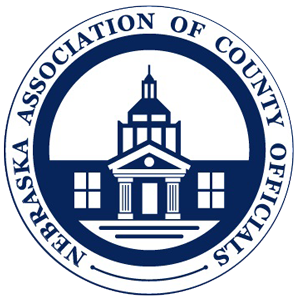LENEXA, KAN. (FEB. 13, 2024) – The U.S. Environmental Protection Agency (EPA) announced the expansion of its successful Closing America’s Wastewater Access Gap Community Initiative to 150 additional communities as part of President Biden’s Investing in America agenda. Originally launched in partnership with the U.S. Department of Agriculture (USDA), the initiative partners with underserved communities to provide technical assistance on accessing federal wastewater funding. The pilot initiative has been assisting 11 communities since 2022. This program, along with historic funding through the Bipartisan Infrastructure Law, will advance President Biden’s historic environmental justice agenda and help thousands of Americans access the wastewater infrastructure they need to thrive.
“Many rural and low-income communities in the U.S. lack basic running water and indoor plumbing. Our Closing America’s Wastewater Access Gap Program has been instrumental in helping communities from White Hall, Alabama, to McDowell County, West Virginia, to San Carlos Apache Tribe, Arizona, access Bipartisan Infrastructure Law funding to address this critical need,” said EPA Assistant Administrator for Water Radhika Fox. “In expanding the program to 150 additional communities, we are working to restore dignity and opportunity to underserved communities nationwide.”
Interested communities can request assistance by completing the Water Technical Assistance request form.
Communities will be selected on a rolling basis; there is no deadline to apply. For questions, email SepticHelp@epa.gov.
Background
An estimated 2 million people in the U.S. live without adequate wastewater infrastructure and safe and reliable drinking water in their homes. Many more live with wastewater infrastructure that is ineffective and puts people’s health at risk.
To date, the Closing America’s Wastewater Access Gap initiative has helped provide communities with no-cost technical assistance that helps identify affordable options for accessing wastewater infrastructure. For example, technical assistance providers help the community conduct assessments of the community’s specific needs and submit applications for wastewater funding. So far, progress for the 11 pilot communities includes seven funding awards and 10 additional funding applications submissions. All 11 communities have drafted community solution plans, which are in the process of being finalized, and will be posted to EPA’s Closing America's Wastewater Access Gap webpage in the early spring.
In Lowndes County, Alabama, children and families are exposed to raw sewage at the place that should be safest – their own homes. Yards regularly flood with sewage from straight pipes or from broken pipes that clog when it rains. However, with the help of EPA’s technical assistance, known as “WaterTA,” the community of White Hall successfully applied for federal funding and received $450,000 to help accelerate their wastewater infrastructure goals.
The San Carlos Apache Tribe is another one of the 11 communities from the initial pilot. Nearly two-thirds of the homes on the San Carlos Apache Indian Reservation do not have access to centralized wastewater systems and rely on inadequate onsite systems, like septic tanks. Through the Closing America’s Wastewater Access Gap pilot, the Tribe has secured funding to pump septic tanks in need of servicing and is working with technical assistance providers to develop educational campaigns on wastewater management and septic system maintenance.
Learn more about EPA’s WaterTA services and the Bipartisan Infrastructure Law’s historic $50 billion investment in America.
